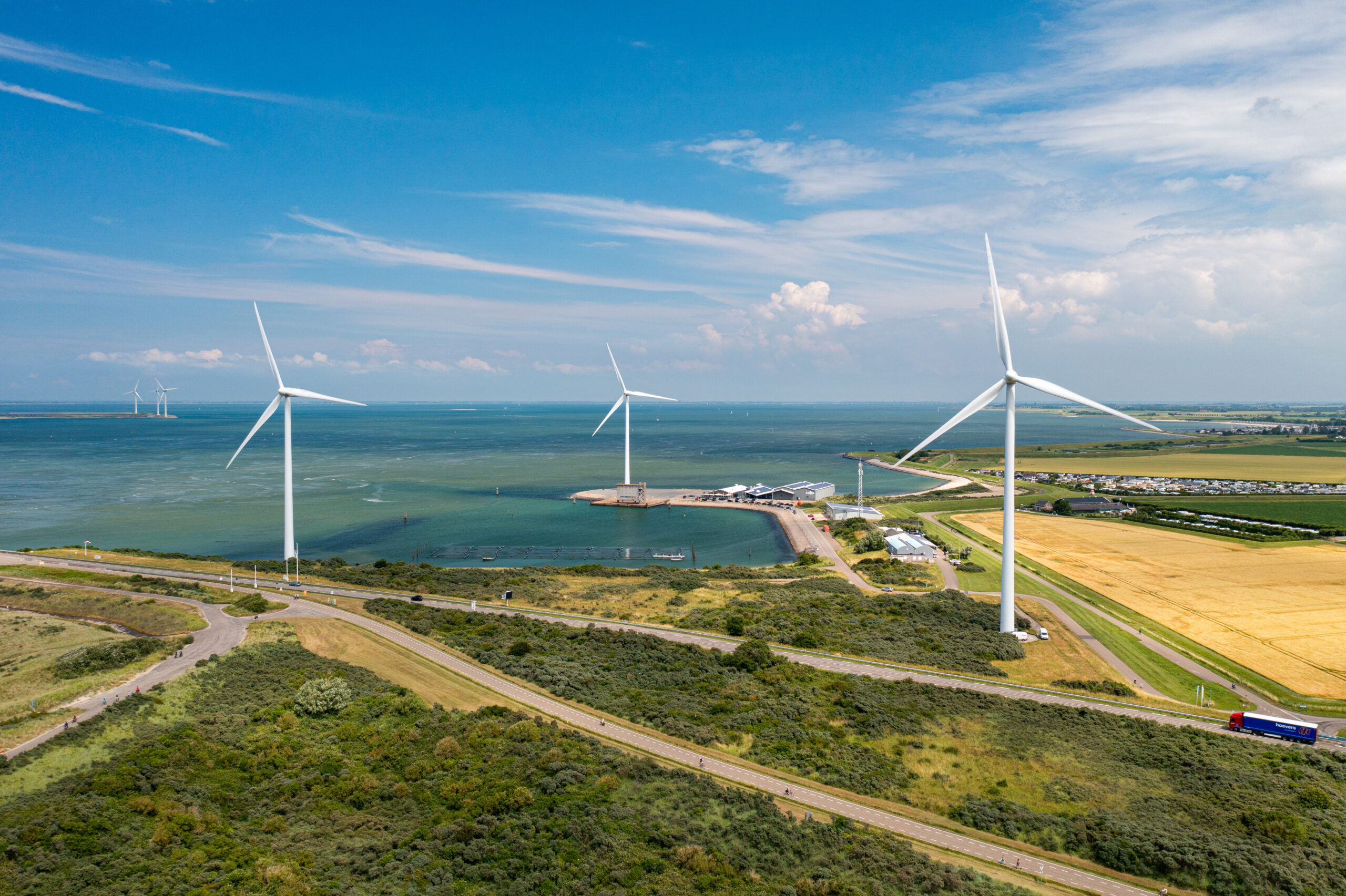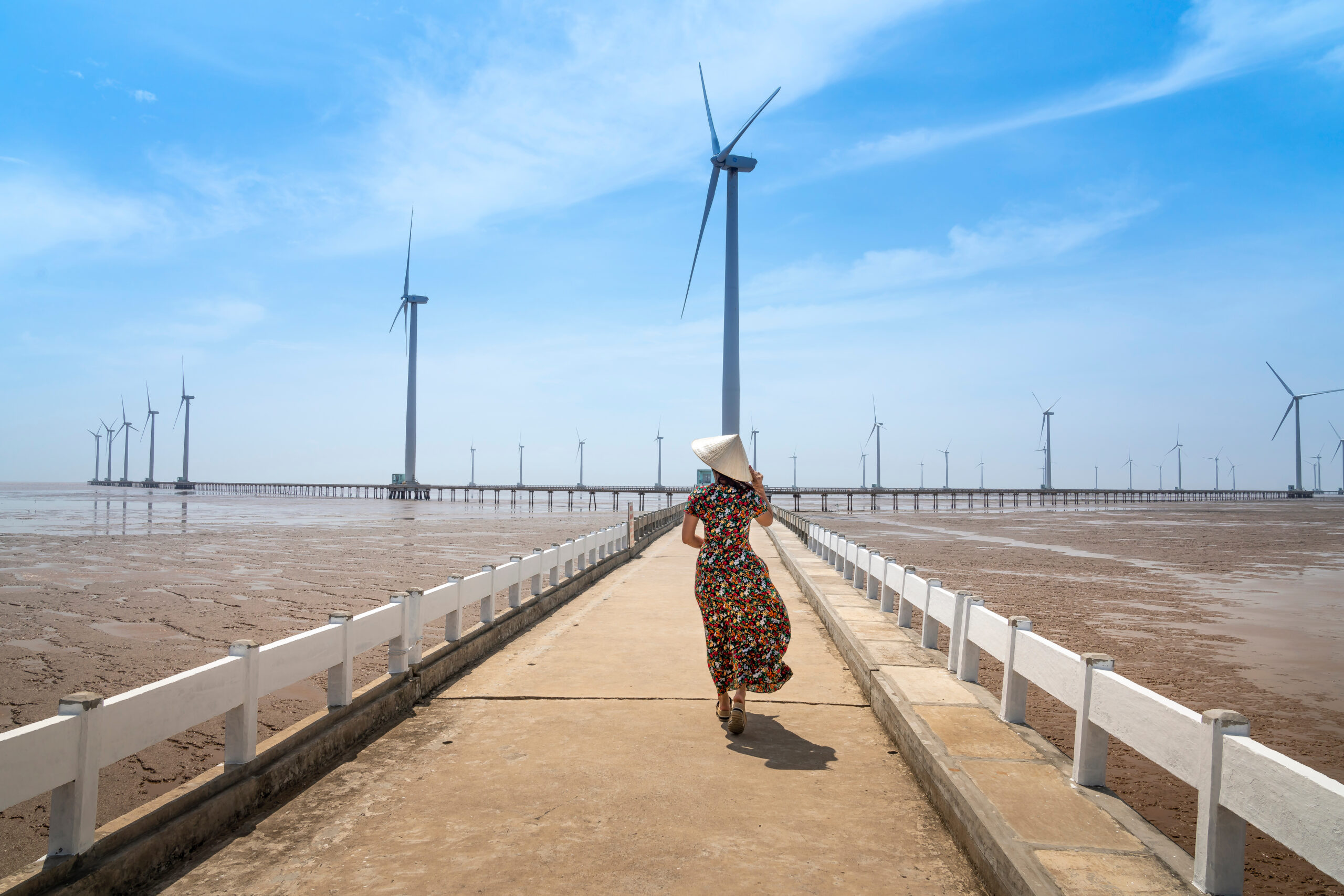Italy needs 90GW renewables for power decarbonization by 2035
The complete decarbonization of Italy’s power sector by 2035 is achievable but requires a massive ramp-up of installed renewable capacity in the coming decade, environmental groups said.

A group of environmental organizations in Italy has modelled a scenario for the complete decarbonization of the power sector by 2035 in line with commitments made by the Italian government at a G7 meeting last year, warning that while the target is achievable it would require a massive ramp-up of installed renewable capacity in the coming decade.
The proposal, commissioned by Greenpeace Italia, WWF Italia and Legambiente, and developed by climate think-tank ECCO Climate and consultancy Artelys, hinges on the development of around 90 GW of additional renewable capacity against 2021 levels, to reach 250 GW by 2035.
The plan, presented in mid-June amid the impending announcement of a new integrated energy and climate plan (PNIEC) by the Meloni government, also envisages a heavy reliance on electricity storage systems and on green hydrogen as well as on demand response mechanisms. On the other hand, it expects the role of natural gas in power generation to fall to around 54 TWh generated in 2030 and to near zero levels by 2035.
At the same time, the proposal does not factor in carbon capture and storage technology, which the organizations deem is not economically feasible and at risk of prolonging the life of oil and gas assets.
Power generation’s share of total energy-related emissions has been growing steadily in recent years, therefore decarbonization of this sector will have a huge impact on overall energy transition targets, said Michele Governatori, head of power & gas at ECCO Climate.
This is also expected to positively impact the decarbonization of the industrial sector, he said.
Gas consumption has seen a 13% year-on-year drop in 2022, despite the need for thermoelectric production to make up for the lack of hydropower. “This looks like a structural change in demand,” he told Gas Outlook.
Renewables face slow permitting, financing issues
Meanwhile, after a boom in renewable energy installations in the past decade on the back of a generous incentive scheme that has supported the sector in its infancy, auctions for new capacity have been seeing a low participation in recent years amid a slow permitting process and uncertain economic landscape.
According to estimates by lobby group Elettricita Futura, some 10 GW of new renewable capacity should be installed by the end of 2023 to meet 2030 targets, however only 1.6 GW have been added in the first four months of this year, the association’s president Agostino Re Rebaudengo told Gas Outlook.
The organisation has set a target of 84% renewables in the power mix by 2030, which would require 85 GW of new renewable capacity and 80 GWh of grid-scale storage systems.
Commenting on the environmental groups’ proposal, he said decarbonization targets will require a “mix of technical solutions,” which should balance “sustainability, economic feasibility and resilience of the system.”
Overall, companies in the power sector in Italy are planning to invest some €320 billion in new capacity to meet 2030 targets.
Investments should primarily be directed towards “mature” technologies, such as solar and onshore wind “including the repowering of existing plants,” he said.
On the other hand, new, more expensive technologies including offshore wind, biomass, biogas and geothermal, as well as agricultural solar plants should be supported by a new incentive scheme which is due to be approved by the government.
Moving forward, power purchase agreements (PPAs), including with state entities, will be key to finance development of new capacity, he said.
“Regulation should also incentivise retail PPAs” by retailers who do not necessarily have renewable assets, at a price purely reflective of fixed costs of renewable capacity and storage “hopefully on average lower than wholesale gas-linked prices,” Governatori said.
Furthermore, a framework for battery storage capacity auctions is being drafted by the Italian regulator, he said.
At the same time, the renewables sector continues to face hurdles including long permitting timeframes — six years on average — to obtain all necessary permitting amid a lack of staffing and resources at the relevant departments of local, regional and national authorities responsible for processing applications, Re Rebaudengo said.
The tendency to “delay decisions beyond one’s mandate” — known as ‘not in my term of office’ (NIMTOO) as well as the not-in-my-backyard (NIMBY) — syndrome both contribute to the current stalemate, he said.
Against that backdrop, Elettricita Futura is lobbying for the transition to a new, centralised permitting system for new capacity.
It is also pushing for a review of grid connection rules for new installations, with many projects applying for connection ending up not being developed, thus ‘artificially “saturating” the grid, he said.



